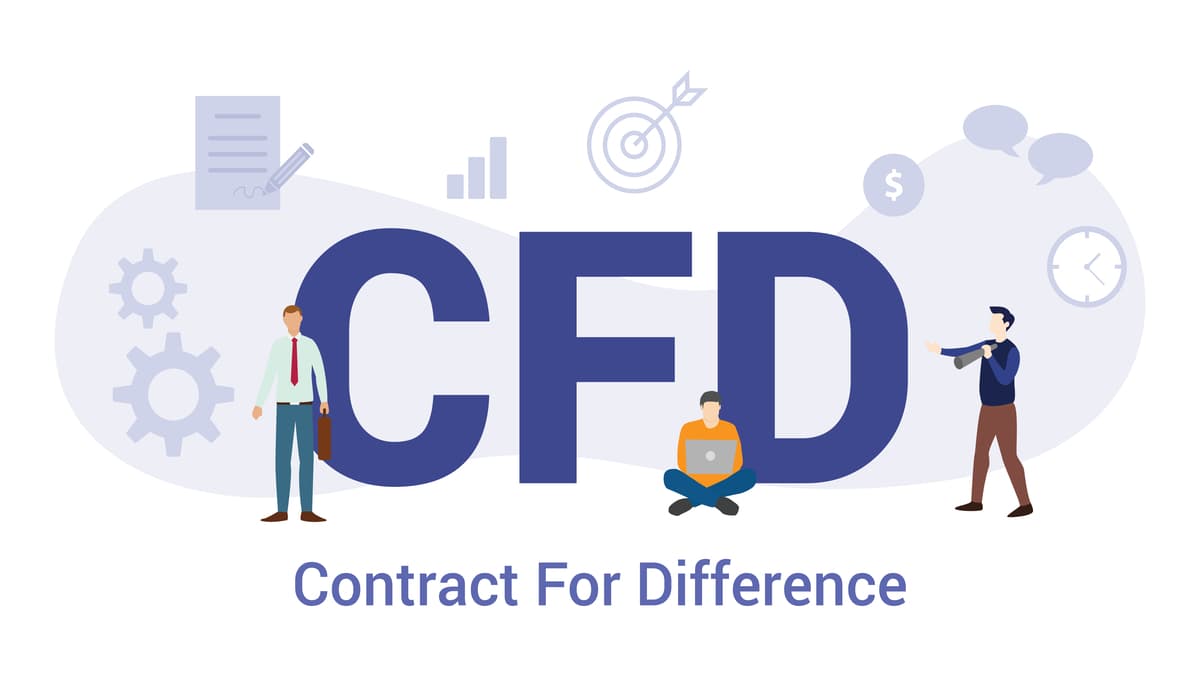Morgan Stanley warns that market expectations of significant Fed rate cuts may not materialize, potentially triggering market volatility. The report analyzes the potential risks associated with this disconnect and its implications for equities.
Following the Fed's initial rate cut in 2025, this article explores potential stock market volatility in September, considering historical data and current indicators for informed investment decisions.
The precious metals market is experiencing a significant rally, particularly in silver, driven by factors like geopolitical tensions and anticipated interest rate cuts. This article explores these factors in detail.

RGTI Stock Soars 15% Today: Rigetti Computing Inc. (RGTI) has experienced a notable surge in its stock price today, climbing by 15%.

Crypto Price Prediction: As the cryptocurrency market continues to evolve, investors are keenly interested in price predictions for various digital assets.

Bitcoin Price (BTC/USD) Prediction: Bitcoin, the pioneering cryptocurrency, has long been a focal point for traders and investors alike.
Michael Strain argues that the Federal Reserve's recent interest rate cut may be premature, given the strength of the labor market and resilient consumer spending, potentially leading to higher inflation and the need for a policy reversal in the future.

QBTS Stock Climbs 11% Today: D-Wave Quantum Inc. (QBTS) has captured attention today with an 11% increase in its stock price.

Stocks With Strong Upside: Investing in stocks that have the potential for significant growth can be an enticing prospect for traders and long-term investors alike.

ATYR Stock Falls 5% Today: Atyr Pharma, Inc. (NASDAQ: ATYR) has seen a significant drop in its stock price today, falling by approximately 5%.

SNAP Stock Jumps 5% Today: Snap Inc. (NYSE: SNAP), the parent company of the popular multimedia messaging app Snapchat, has seen its stock price jump by 5% today.

Trending stocks to watch in Saudi Arabia: The stock market in Saudi Arabia is bustling with activity, and several companies are capturing attention due to their innovative approaches and growth potential.
Citi strategists anticipate further gains in gold and silver, with positive outlooks for copper and aluminum, fueled by economic factors and structural shifts.
St. Louis Fed President Musalem reaffirmed his support for last week's rate cut, but warned that the space for further easing is limited. He emphasized that inflation remains a concern despite rising risks in the labor market.
This article explores the trend of American investors hoarding cash in money market funds despite anticipated rate cuts, examining the underlying reasons for this cautious investment behavior.

Gold Price (XAU/USD) Is over $3,714: Gold has long been a coveted asset, often regarded for its value and stability in times of economic uncertainty.

How to Invest in Crypto Market in KSA: The cryptocurrency market has gained traction globally, and Saudi Arabia is no exception.

Active CFD Brokers in the Middle East: The Middle East has emerged as a vibrant hub for trading activities, particularly in Contracts for Difference (CFDs).